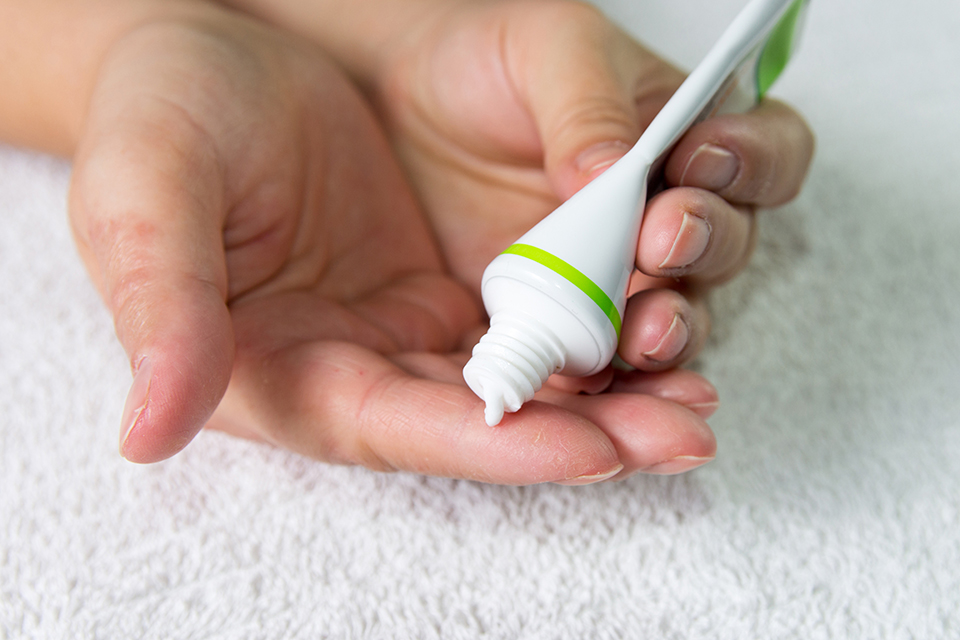
The approval by the US FDA on August 23, 2021, of difelikefalin (marketed as Korsuva™ by Cara Therapeutics) is a major step in improving the lives of patients on dialysis who suffer itching. CKD-associated pruritus (CKD-aP) is experienced by about 40% to 60% of patients with end-stage kidney disease.1 Severe disabling itching occurs in about 20% and is associated with reduced quality of life, including sleep disorder and depression.
Difelikefalin is not the only “kid on the block” for treating CKD-aP, but it is the now the only FDA-approved treatment. The neuromodulators gabapentin and pregablin have been used with some success; however, they are associated with drowsiness, dizziness, and somnolence. Other agents, such as cannabinoids (the endocannabinoid palmitoylethanolamide), the κ-opioid-receptor antagonist nalfurafine hydrochloride, and phototherapy, have also been used but with varying degrees of success (great reviews by Combs et al2 and Westby et al3 are worth reading).
Difelikefalin is a major advance in treatment because it is a first-in-class kappa opioid receptor agonist that activates kappa opioid receptors on both peripheral neurons and immune cells. Thus, difelikefalin reduces the transmission of pain signals and the release of nerve sensitizing proinflammatory mediators including prostaglandins.4 Because difelikefalin is peripherally active, it is not associated with central side effects such as sedation, dysphoria or sense of unease, and hallucinations.
The approval of difelikefalin is based on the results of two phase 3 trials: KALM-1 and KALM-2. The first of these two trials, KALM-1, was published in the New England Journal of Medicine by Fishbane and colleagues5 and reflects US data. A global study, KALM-2, similarly designed and with similar results, was presented at ASN Kidney Week in 2020.6
KALM-1 was a double-blind, placebo-controlled, randomized trial in which patients on hemodialysis with moderate-to-severe pruritus received either difelikefalin 0.5 mcg/kg or placebo. Pruritus was evaluated by administering the 24-hour Worst Itching Intensity Numerical Rating Scale (WI-NRS). The primary outcome was the proportion of patients with a 3-point or greater improvement in WI-NRS score from baseline to week 12. The trial showed a significant improvement in difelikefalin treated patients compared with those receiving placebo (49.1% vs 27.9%; P<.001). The proportion of patients achieving a 4-point or greater improvement in WI-NRS score was also significantly higher in the difelikefalin group compared with placebo (37.1% vs 17.9%; P<.00). Additionally, patients treated with difelikefalin reported a significant improvement in itch-related quality of life as assessed by the 5-D itch scale and Skindex-10 scale. Although adverse events were more common among the difelikefalin-treated patients compared with placebo (68.8% vs 62.2%), they were mild to moderate and limited in duration. The most common symptoms in the difelikefalin treated patients were diarrhea, dizziness, and vomiting.
KALM-1 was a well-conducted trial that showed efficacy over a short time window of 12 weeks. Other data on difelikefalin suggest a low potential for abuse (and relatedly no detectable activity at mu or delta opioid receptors, which have been associated with dependency).
In summary, we now have an approved treatment for CKD-associated pruritus that is rapidly effective and well tolerated. While difelikefalin currently needs to be administered parentarally after dialysis, an oral preparation is being developed. Difelikefalin is also being tested in the non-dialysis CKD population (ClinicalTrials.gov number, NCT03617536). Finally, dialysis patients with disabling itching have something to celebrate!
Dr. Singh reports no conflicts of interest related to difelikefalin or any other agents used in the treatment of CKD-associated pruritus.
References
- Pisoni RL, Wikstrom B, Elder SJ, et al. Pruritus in haemodialysis patients: International results from the Dialysis Outcomes and Practice Patterns Study (DOPPS). Nephrol Dial Transplant. 2006;21:3495–505.
- Combs SA, Teixeira JP, Germain MJ. Pruritus in kidney disease. Semin Nephrol. 2015;35(4):383-391. doi:10.1016/j.semnephrol.2015.06.009.
- Westby E. Purdy, KS, TennankoreK K A. Review of the management of uremic pruritus: current perspectives and future directions. Itch: 5 (3) – p e38 doi: 10.1097/itx.0000000000000038.
- Lipman ZM, Yosipovitch G. An evaluation of difelikefalin as a treatment option for moderate-to-severe pruritus in end stage renal disease. Expert Opin Pharmacother. 2021 Apr;22(5):549-555. doi: 10.1080/14656566.2020.1849142. Epub 2020 Dec 14. PMID: 33190563.
- Fishbane S, Jamal A, Munera C, et al. A phase 3 trial of difelikefalin in hemodialysis patients with pruritus. N Engl J Med. 2020;382:222-232. doi:10.1056/NEJMoa1912770.
- Wooldridge TD, Mccafferty K, Schoemig M, et al. Efficacy and safety of difelikefalin for moderate-to-severe CKD-associated pruritus: A global phase 3 study in hemodialysis patients (KALM-2). Presented at Kidney Week 2020 Reimagined, October 19-25. Abstract FR-OR24.







 © 2025 Mashup Media, LLC, a Formedics Property. All Rights Reserved.
© 2025 Mashup Media, LLC, a Formedics Property. All Rights Reserved.